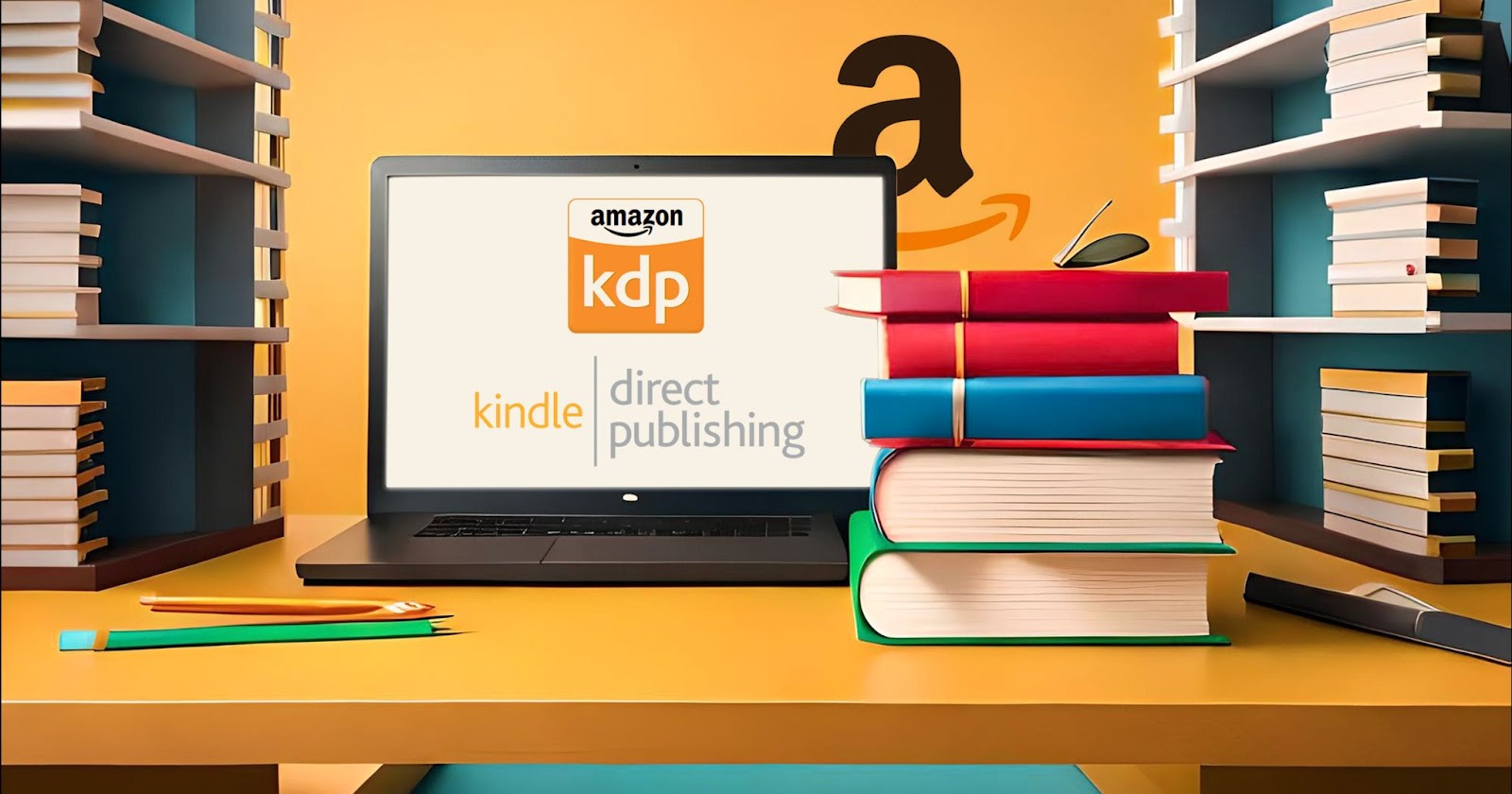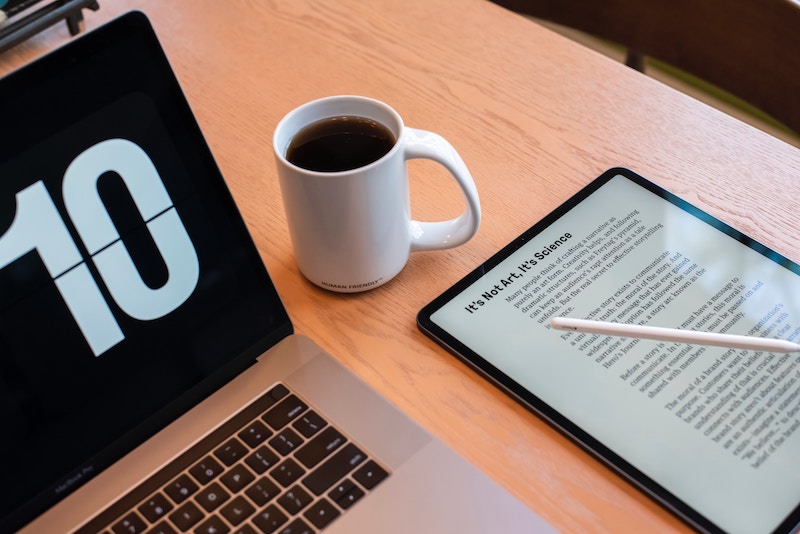36 Results in the "Self-Publishing" category
-
Amazon’s Kindle Direct Publishing (KDP) has revolutionized the world of self-publishing, making it easier than ever for authors to share their work with readers worldwide. However, with the vast number of books available on the platform, it can be challenging to maximize your royalties. In this comprehensive guide, we’ll explore proven tips and strategies to help you increase your earnings on Amazon KDP. Understanding…
-

Are you an author looking to self-publish your book? Amazon Kindle Direct Publishing (KDP) is one of the most popular platforms for self-publishing ebooks and paperbacks. In this comprehensive guide, we’ll walk you through the step-by-step process of publishing your book on Amazon KDP. Step 1: Create an Amazon KDP Account Before you can publish your book, you’ll need to create an account on…
-

When it comes to self-publishing, formatting your manuscript correctly is crucial for creating a professional-looking book that readers will enjoy. Improper formatting can lead to a poor reading experience, negative reviews, and ultimately, lower sales. In this comprehensive guide, we’ll explore the essential steps to format your manuscript for self-publishing, ensuring a polished and reader-friendly final product. Understanding the Importance of Proper Formatting Proper…
-

Looking to promote your book on Amazon? With millions of books available on the platform, standing out from the crowd can be a challenge. In this comprehensive guide, we’ll share proven tips and strategies to help you effectively advertise your book on Amazon and reach your target audience. Crafting a Compelling Book Title and Description Your book’s title and description are the first things…
-

Are you an author looking to self-publish your book on Kindle Direct Publishing (KDP)? Proper formatting is crucial to ensure your book looks professional and appealing to readers. In this comprehensive guide, we’ll cover essential formatting tips to help you create a polished and engaging book that stands out in the Kindle store. Why Proper Formatting Matters Proper formatting is essential for several reasons:…
-

In the ever-evolving world of self-publishing, the ability to format your book for print is an invaluable skill. Whether you’re a seasoned author or a budding wordsmith, creating a polished and professional-looking print book can be a daunting task. Fear not, for in this comprehensive guide, we’ll unveil the secrets to transforming your manuscript into a print-ready masterpiece that will captivate readers and stand…
-

Writing a book is a monumental achievement, but the journey doesn’t end there. Once you’ve finished your manuscript, you’ll need to format it for publication. Whether you’re self-publishing or working with a traditional publisher, proper formatting is crucial for creating a professional, reader-friendly book. In this article, we’ll explore the best tools for book formatting and provide a comprehensive comparison to help you make…
-

In the ever-evolving world of digital publishing, formatting your book for various eBook formats is crucial for reaching a broader audience. The ePub and Mobi formats are among the most popular choices for eReaders and eBook distribution platforms. In this comprehensive guide, we’ll dive into the intricacies of formatting your book for these formats, ensuring a seamless reading experience across devices. Understanding ePub and…
- Previous 1 2 3 … 5 Next
